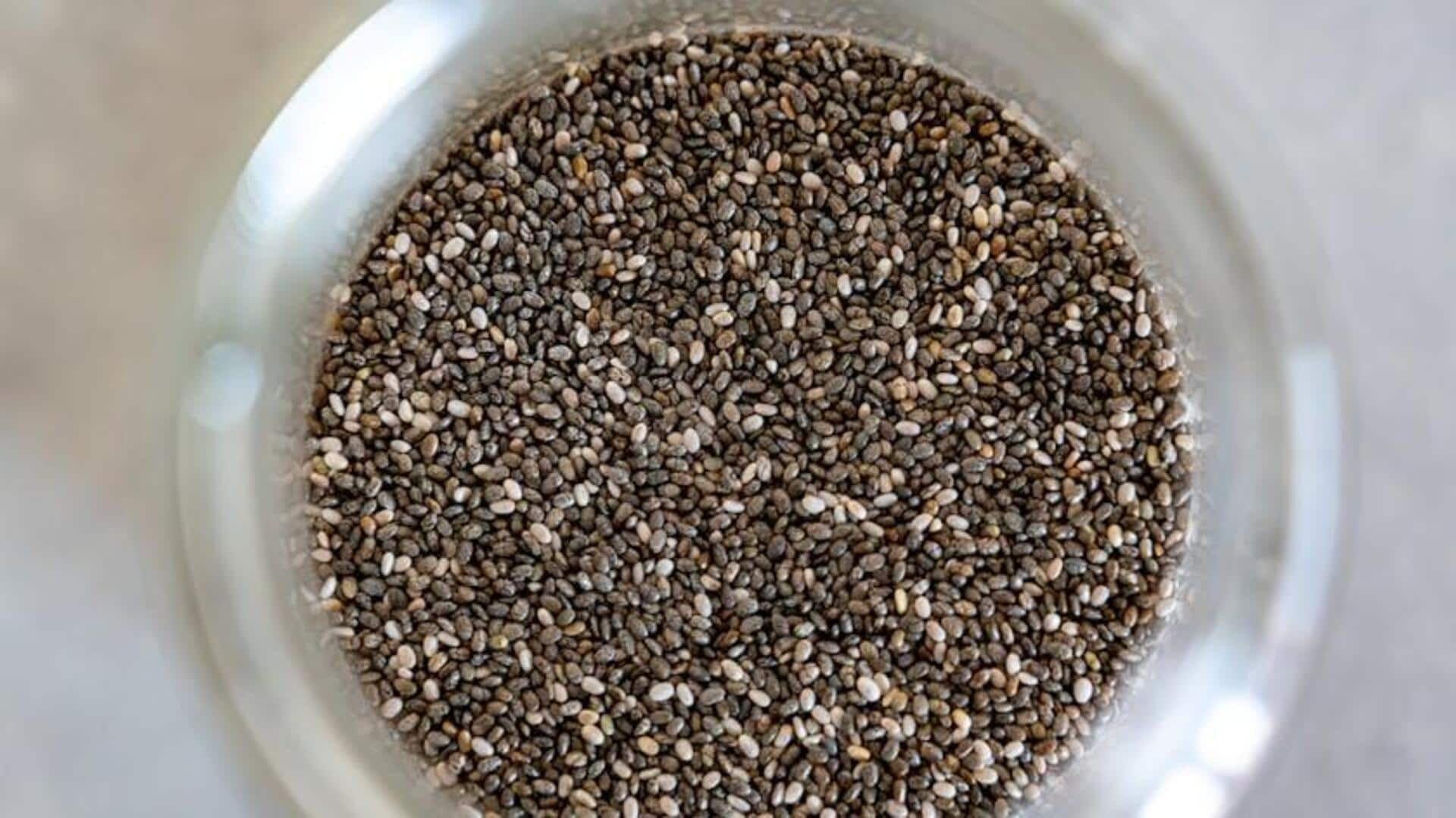Understanding Fracture Risks
Bone fractures pose a considerable health challenge for individuals of all age groups. Various elements influence the probability of sustaining a fracture,
underscoring the necessity of recognizing these factors. Age plays a pivotal role; as people get older, bone density naturally diminishes, increasing the risk of breaks. Women, particularly after menopause, encounter heightened fracture risks due to reduced estrogen levels, which directly impact bone strength. Additional contributors involve hereditary predispositions, chronic illnesses like osteoporosis, and specific medications. Lifestyle decisions also carry weight: a deficiency in calcium and vitamin D can weaken bones, and smoking or excessive alcohol consumption further diminishes bone health. Engaging in routine physical activity, especially weight-bearing exercises, helps maintain bone density and decrease fracture likelihood. Implementing these preventive strategies is essential for maintaining bone health and minimizing fracture risks.
Bone Density Matters
Bone mineral density (BMD) serves as a key determinant of fracture risk. BMD signifies the amount of minerals, primarily calcium, present in your bones. A higher BMD typically correlates with stronger bones, thus reducing the probability of fractures. Conversely, lower BMD indicates weaker bones and a heightened susceptibility to breaks. The aging process typically leads to a gradual reduction in BMD, making older individuals more susceptible. Regular bone density screenings, often through a DEXA scan, can accurately measure BMD and enable early identification of bone health issues. People with lower BMD levels might require medications or lifestyle adjustments to bolster bone health and lessen the fracture risk. Strategies for preserving and improving bone density include consuming calcium-rich foods, vitamin D supplementation, consistent exercise, and averting habits like smoking that negatively impact bone health. Monitoring and maintaining healthy bone density are critical to bone health and preventing fractures.
Osteoporosis & Fractures
Osteoporosis significantly heightens the risk of fractures. This disease is characterized by diminished bone mass and structural deterioration within the bone tissue, resulting in bones that become weak and fragile. Those affected by osteoporosis face a higher risk of fractures, even from minor falls or impacts. Common fracture sites in individuals with osteoporosis include the hip, spine, and wrist. The severity of fractures can vary, from painful cracks to debilitating breaks that can significantly impact the quality of life. Risk factors for osteoporosis include age, sex, family history, and lifestyle choices such as inadequate calcium intake and lack of exercise. Diagnostic tools, such as bone density scans, are crucial in identifying osteoporosis and evaluating fracture risk. Treatments for osteoporosis aim to slow bone loss, enhance bone density, and prevent fractures. These typically involve medications, calcium and vitamin D supplementation, and lifestyle changes, like regular exercise. Prevention strategies, including consuming a calcium-rich diet and engaging in weight-bearing exercises, are key to reducing the risk of both osteoporosis and the fractures associated with the disease.
Falls: A Major Trigger
Falls are the primary cause of fractures, particularly among older adults. The likelihood of falling rises with age due to factors like diminished vision, impaired balance, and muscle weakness. Environmental hazards, like slippery surfaces, poor lighting, and tripping hazards, contribute to fall risk. Even seemingly minor falls can lead to severe fractures in individuals with weakened bones. Preventing falls necessitates both individual and environmental strategies. Exercises that enhance balance and strength, such as tai chi or yoga, are crucial. Regularly assessing and managing medications that could cause dizziness or unsteadiness is another precaution. Modifying the home environment by removing tripping hazards, installing handrails, and ensuring proper lighting can significantly decrease the risk of falls. Utilizing assistive devices like canes or walkers can enhance stability and prevent falls. A multi-faceted approach, combining physical fitness, home safety improvements, and medication reviews, represents the most effective method for fall prevention and minimizing fracture risk.
Diet and Bone Health
Diet plays a crucial role in bone health and fracture prevention. A diet rich in calcium is essential, as calcium is a primary component of bone. Include foods like dairy products, leafy green vegetables, and fortified foods in your diet to maintain optimal calcium intake. Vitamin D also helps in calcium absorption, further promoting bone health. Incorporate vitamin D through sunlight exposure, fatty fish, and fortified foods. Other nutrients, like vitamin K, magnesium, and phosphorus, also contribute to bone health and bone density. A well-rounded diet, rich in fruits, vegetables, lean proteins, and whole grains, provides these vital nutrients and supports bone health. Avoid excessive consumption of substances like caffeine and alcohol, as these can diminish calcium absorption and weaken bones. Consulting with a healthcare provider or a registered dietitian can help design a dietary plan that supports your bone health and minimizes your fracture risk.
Exercise is Key
Regular exercise is crucial for strengthening bones and mitigating fracture risk. Weight-bearing exercises, such as walking, jogging, dancing, and weight training, are especially beneficial. These activities place stress on bones, stimulating bone cells to produce more bone tissue, which improves bone density and strength. Strength training exercises, including lifting weights or using resistance bands, aid in building muscle mass, which boosts balance and coordination and reduces fall risks. Balance exercises, like tai chi or yoga, are also helpful in preventing falls. Aim for at least 30 minutes of moderate-intensity exercise most days of the week. Consult with a healthcare provider or physical therapist to create an exercise program tailored to your individual needs and abilities. Incorporating a variety of exercises, including weight-bearing, strength training, and balance exercises, will promote overall bone health and greatly reduce the likelihood of fractures.
Medications & Risks
Certain medications can potentially affect bone health and elevate the risk of fractures. Glucocorticoids, often prescribed for inflammatory conditions, can decrease bone density and increase fracture risk with prolonged use. Some seizure medications and proton pump inhibitors, used to treat acid reflux, have also been linked to higher fracture risks. Certain medications can affect calcium absorption or bone metabolism, leading to bone weakening. If you are taking any of these medications, discuss your fracture risk with your healthcare provider. They can evaluate your bone health, suggest necessary monitoring, and propose alternative medications or preventive measures. It is essential to follow your healthcare provider's instructions and take medications precisely as prescribed. Regular bone density screenings and lifestyle adjustments, such as ensuring adequate calcium and vitamin D intake, may be needed to counteract the adverse effects of these medications on bone health.
Lifestyle: Smoking & Alcohol
Lifestyle choices such as smoking and excessive alcohol consumption can significantly impact bone health and increase fracture risk. Smoking is detrimental to bone health. It impairs blood supply to bones, hindering nutrient delivery and hindering bone formation. Smokers typically have lower bone density compared to non-smokers, increasing fracture vulnerability. Excessive alcohol consumption can affect bone metabolism, reduce bone density, and elevate the likelihood of falls. Heavy alcohol use can interfere with calcium absorption and the body’s ability to create new bone cells. Limiting or abstaining from alcohol is advisable to safeguard bone health. Both smoking cessation and moderation in alcohol intake are important for preventing bone fractures. Engaging in healthy lifestyle habits, such as a balanced diet, regular exercise, and adequate calcium and vitamin D intake, are key to supporting overall bone health and reducing fracture risk.
Preventing Falls Effectively
Preventing falls is crucial to lower fracture risk. Implementing these strategies will enhance fall safety: Enhance home safety by eliminating tripping hazards, improving lighting, and installing grab bars in bathrooms. Strengthen balance and coordination through regular exercise, like tai chi or yoga. Ensure you wear properly fitted footwear with good support to prevent falls. Regular eye exams and vision correction will improve balance and prevent falls. Review medications with your healthcare provider to identify any that might cause dizziness or affect balance. Use assistive devices such as a cane or walker if needed, particularly if you have balance issues. Educating yourself and others about fall risks, along with taking steps to minimize environmental hazards, will enhance overall safety and lower fracture risk.
Regular Bone Health Checkups
Regular bone health checkups are crucial for proactively managing fracture risk. Discuss bone health with your healthcare provider and find out your individual risk factors. Bone density tests, such as a DEXA scan, are key in evaluating bone density and identifying early signs of bone loss. Your healthcare provider can recommend how often you should get a bone density test depending on your risk factors. These checkups allow healthcare providers to create personalized prevention strategies, including lifestyle modifications and medication. Early detection and intervention can significantly reduce fracture risks and maintain bone health. Following your healthcare provider's advice and keeping up with scheduled appointments are essential steps in proactive bone health management. Implementing a proactive approach to bone health, including regular checkups and preventive measures, significantly reduces the likelihood of fractures and supports overall well-being.















